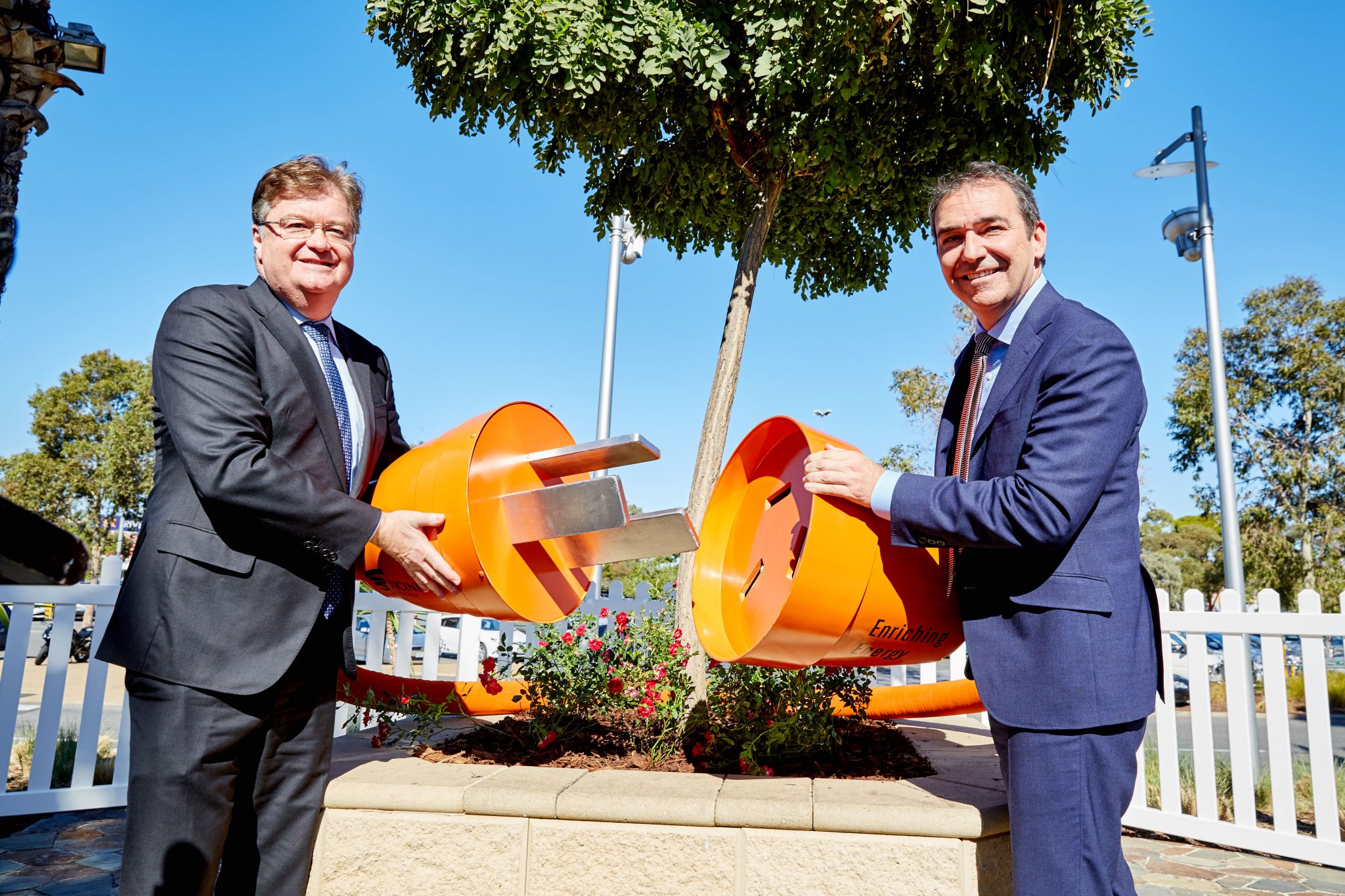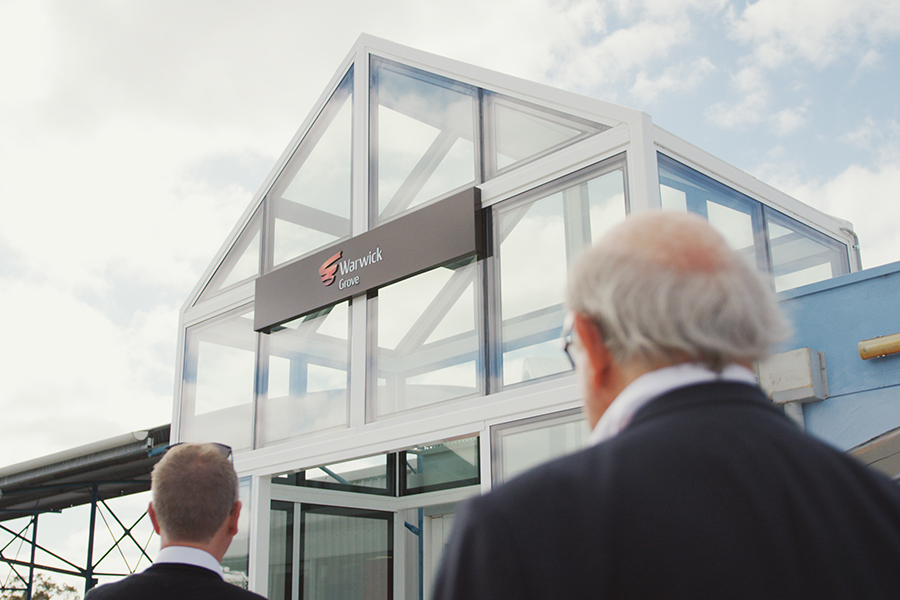A national rating used to measure environmental sustainability has reported significant improvements across Vicinity Centres’ portfolio as it continues to strive to meet its net-zero emissions commitment by 2030.
The National Australian Built Environment Rating System (NABERS) is used to measure a building’s energy efficiency, carbon emissions along with water usage, waste and indoor environment quality. NABERS publishes the Sustainable Profiles Index (SPI) every year.
The 2021 SPI released today, found that more than one-in-three of Vicinity’s centres now have a five star or above energy rating which sits in the ‘excellent’ category.
Vicinity’s Head of Sustainability, Meredith Banks, said “Our Integrated Energy Strategy, which focuses on enhanced energy management including real-time energy reporting, automation and demand management, and energy efficiency including LED and HVAC upgrades, has significantly contributed to reduced energy use.
“We use NABERS to benchmark and identify opportunities for improvement across our portfolio and over the past four years we have seen a significant improvement in our ratings across the board. We know we still have a way to go and we’re committed to driving energy and water efficiencies across all of our centres.”

Vicinity’s CEO, Grant Kelley (left) launches Vicinity’s $73 million solar program in 2018
In 2021, five Vicinity centres achieved a NABERS Energy 6 Star rating, eight centres achieved a 5.5 Star rating, and a further eight achieved a 5 Star rating. Vicinity received its first 6 Star NABERS Water rating at DFO Essendon, while another seven centres achieved a 5.5 Star rating, and six centres achieved a 5 Star NABERS Water rating.
Since 2018, Vicinity has been installing Australia’s largest shopping centre solar energy program to help power centres with clean, renewable energy. The $73 million program has fitted more than 80,000 solar panels, generating almost 40,000 MWh each year. The program used battery storage and a world-first clear glass solar, allowing Vicinity to use renewable energy more efficiently.





















